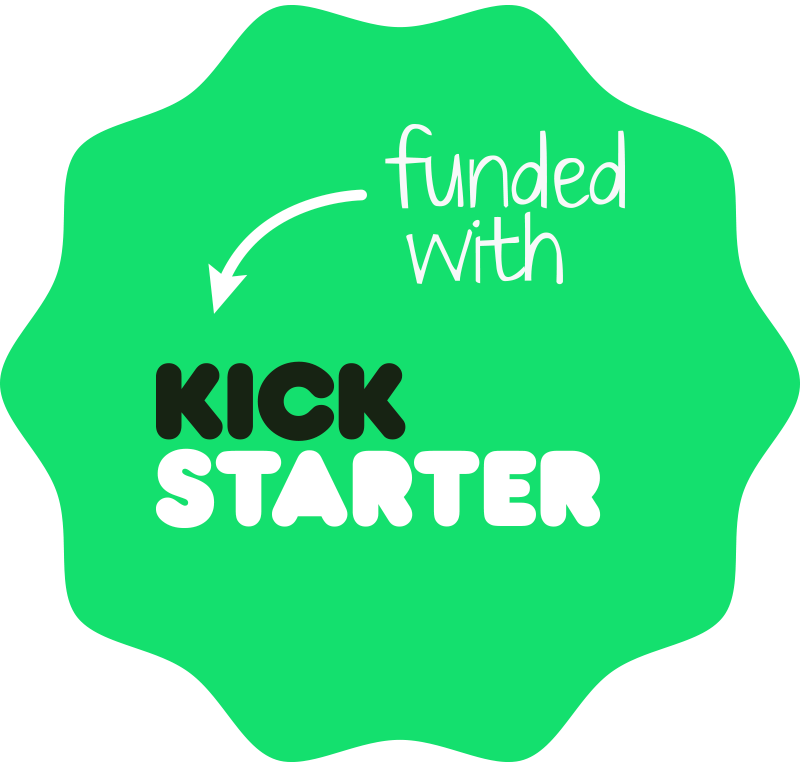
Several crowdfunded 3D printer startups have failed, leaving their backers high and dry. What should you do before buying to avoid the same fate?
It doesn’t happen often, but when it does, it’s painful. You’ve found what appears to be a fantastic new 3D printer concept on Kickstarter, Indiegogo or other crowdfunding sites and you’ve paid hundreds of dollars to obtain one of the very first machines. But then you wait endlessly without receiving your unit. Finally, the company closes – either formally or silently – and you’re out the cash and without a printer.
What questions should you ask before committing to a purchase? We made a list:
Team. Does the company’s team appear competent to take on the job of creating and delivering a new device? Do they have relevant technical qualifications and prior experience? Does the team include ONLY technical folks? Or does it also include the operations, marketing and administrative staff required to actually deliver quantities of units?
History. Has anyone on the team previously attempted a 3D printing startup? Or any kind of startup? What was the result?
Backing. How is the project funded? Is it solely from the crowdfunding campaign, or is the project only one of several from a larger, existing (and stable) company? Is there evidence of investment from other serious parties? Ventures entirely dependent on crowdfunding face considerable risk.
Technology. Is the technology truly unique in some way, or is the product simply “another one” that will get lost in the crowd? Is the technology too advanced for the capabilities of the team building it? Would they require more people, or people with different skills to get the job done? Is the technology so radically different that it could be very challenging to make it work?
Plan. Does the project show a clear, step-by-step plan to achieve their goals? Do they have goals? If it’s unclear now, it may not improve as the project proceeds.
Results. Are the prints shown by the prototype of reasonable quality? Do they match the specifications portrayed? Are the prints of 3D models “carefully selected” to match the capabilities of the particular printer? Or are they suitable general to demonstrate the true capabilities of the printer? Are ANY printed results shown?
Appearance. How much care has been taken to explain the product and its features? Is there a video to demonstrate the product? If materials are insufficient, perhaps the team is hiding something or is less interested in focusing on the customer. If they don’t have the people to develop a proper online appearance, then this could signal a shortage of staff that will only get worse if their product catches on.
Clarity. Is the product properly explained? Are the words written with a clarity that demonstrates clear thinking and focus by the team? If not, that may indicate something about the abilities and eventual outcome of the project.
Price. Is the price appropriate for the capabilities of the printer? Most printers use the same process, thus their pricing should be very similar. If priced too low, it is quite likely the company will be unable to produce sufficient profit to survive. Estimate the amount of profit per unit and determine how many units must be sold to fund the salaries of their team. If they need to sell more than 100,000 units,for example, that’s unlikely to occur and they will face financial difficulties.
Risk. And a final question, not for the company, but for you: are YOU willing to lose your money to support this company? Do you care so much about the specific and unique features of this offer that you are willing to lose? If you’re simply looking for a low-risk printer, there are plenty of alternative options you should consider.

